Sealala Water Park (씨랄라 워터파크)
5.4Km 2024-03-20
(2nd underground floor), 164, Mullae-ro, Yeongdeungpo-gu, Seoul
+82-2-1522-9661
Sealala Water Park is a water park at the heart of the city where one can enjoy water activities across the four seasons. Its name is a portmanteau of the sea and lala, symbolizing the fun one can have in the water park. Inspired by the Mediterranean, the water park has water flowing pool, slides, beach pools, the Kids Land, bath pools, and rotating slides. Amenities onsite include convenience stores, manhwa cafe, and a swimming equipment store. Nearby tourist sites include the Yeongdeungpo Park, The National Assembly Building, and the Yeouido Park.
Sewoon Plaza (세운상가)
5.4Km 2024-10-25
159 Cheonggyecheon-ro, Jongno-gu, Seoul
Makercity Sewoon is Korea's first comprehensive electronics market, established in 1968 and has a 40-year history. As a mecca in the urban electronics industry area located in Jongno, the center of Seoul, you can purchase various electronic products here.
Since 2014, Seoul's urban regeneration project has been underway, and a pedestrian overpass, rooftop observatory, plaza, and Makers Cube, where you can experience the 4th industrial revolution, have been created to provide unique attractions.
Sewoon Plaza (세운전자상가(세운전자플라자))
5.4Km 2023-11-23
159 Cheonggyecheon-ro, Jongno-gu, Seoul
+82-2-2271-2344
Sewoon Plaza, also known as Sewoon Electronics Plaza, was famous for electronic goods as the sole electronics shop before Yongsan Electronics Department Store was built. The scale doesn’t meet that of Yongsan Mall but its location in the heart of downtown Seoul as well as their 10 years of fame have worked to keep a strong customer base.
The department store is divided into two buildings along Cheonggyecheon-ro. Most of the electornics are available on the first building. On the first floor, home and lifestyle electronic goods including irons, hair dryers, telephones, razors as well as gas stoves, various heaters, kitchen tools and more are sold. On the second floor, visitors can find televisions, fridges, laundry machines, audio & video devices. On the third floor, newlyweds can buy their electronic goods and appliances for the kitchen. Also, computers and related devices and parts are available on the fourth floor. The price range here is relatively cheaper than the regular consumer price.
Best Western Premier Hotel Kukdo (베스트웨스턴 프리미어 호텔국도)
5.4Km 2020-04-04
164, Eulji-ro, Jung-gu, Seoul
+82-2-6466-1234
The Best Western Premier Kukdo (opened on March 1, 2007) was the first Best Western in Korea. Since then, the Best Western chain has expanded to include 15 different facilities (a total of 1,900 guestrooms) located all around the country.
Best Western Premier Kukdo offers subsidiary facilities such as a fusion restaurant, sky lounge, fitness center, and business center. Each of the 295 guestrooms has a bidet and high speed internet. Double rooms have a shower booth, while twin rooms have a bathtub.
From the sky lounge (21F) guests can get a great view of Bukhansan Mountain, Cheongwadae, Dongdaemun shopping center, and Myeongdong, not to mention a bird’s-eye view of Seoul nightscape. The hotel also offers VIP rooms that can accommodate up to 20 people and a number of other conveniences that makes this an ideal choice for those traveling for business. Myeongdong and Dongdaemun are only a 10-20 minutes away on foot.
CU - National Museum of Korea Branch [Tax Refund Shop] (cu중앙박물관점)
5.4Km 2024-06-26
137, Seobinggo-ro, Yongsan-gu, Seoul
-
Gajeong Sikdang (가정식당)
5.4Km 2021-03-25
118, Yeongdeungpo-ro, Yeongdeungpo-gu, Seoul
+82-2-2636-6697
It is a place where you can enjoy various Korean side dishes at once. This Korean dishes restaurant is located in Yeongdeungpo-gu, Seoul. The most famous menu is homemade-style set menu.
Lindapick [Korea Quality] / 린다픽 [한국관광 품질인증]
5.4Km 2024-10-30
26-5, Itaewon-ro 23-gil, Yongsan-gu, Seoul
+82-507-1326-4206
Lindapick is a guesthouse located a five-minute walk from Itaewon Station (line 6). The host of this new guesthouse, open in May 2021, prioritizes cleanliness by washing bedding and disinfect the whole place every time a guest leaves. The CCTVs that are installed outside and at the shared inner space are operated around the clock, strengthening the security. The light-lemon-color exterior walls of the accommodation and the muted-colored rooms are in harmony, forming a fresh and calm atmosphere. The room that can accommodate two persons shows how the host is considerate. A 100% natural aroma diffuser emits peppermint scent that makes guest unwind, and the lavender scent lets guests sleep tight. The kitchen with a refrigerator and a microwave oven is where you can cook a simple dishes, and the air purifier and the washing machine let you enjoy a fresher rest. From the entrance to the room, there is a garden that is decorated as an outdoor terrace, where you can have a leisurely time sunning yourself.
Singil Yangkkochi (신길양꼬치)
5.4Km 2021-03-25
193, Dosin-ro, Yeongdeungpo-gu, Seoul
+82-2-845-5760
It is a place where you can enjoy various Chinese dishes as well as lamb dishes. This Chinese (cuisine) restaurant is located in Yeongdeungpo-gu, Seoul. The most famous menu is lamb skewers.
Gohyang Naengmyeon (고향냉면)
5.4Km 2021-03-25
193, Dosin-ro, Yeongdeungpo-gu, Seoul
+82-2-6053-0453
It is a noodle dish in meat broth added with seasonings. This Korean dishes restaurant is located in Yeongdeungpo-gu, Seoul. The most famous menu is cold buckwheat noodles.
Choong Ang High School (중앙고등학교)
5.4Km 2024-10-24
164 Changdeokgung-gil, Jongno-gu, Seoul
+82-2-742-1321
Choong Ang High School is located in Jong-ro near Samcheongdong-gil. It was built to educate the public at the beginning of the 20th century. The school’s main building was reconstructed in 1937 after the original two-story brick house was destroyed in 1934. The main building situated in front of the main gate is a two-story H-shaped granite stone building in Gothic style, with a four-story tower in the middle.
The school holds historical significance because it was designed by Park Dong Jin, one of Korea's first modern architects and the designer of Korea University’s main building, library, and the Chosun Ilbo Newspaper Company building. The main building of Choong Ang High School is designated as Historic Site No. 281. Many national leaders were educated at the gothic building during the grim period when Korea was trying to escape Japanese colonial rule.
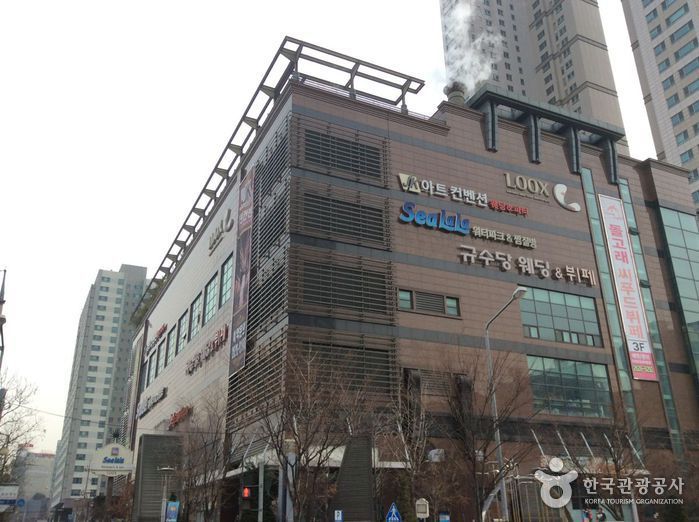

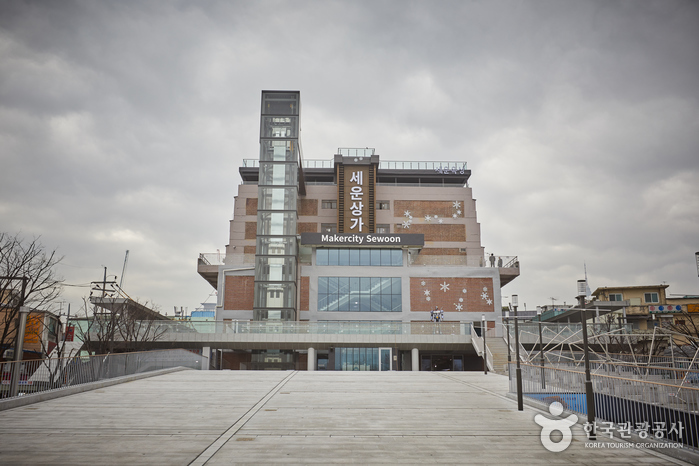
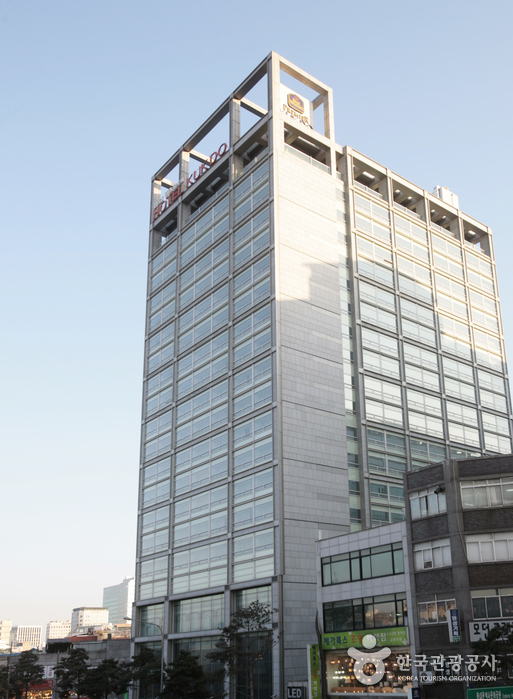
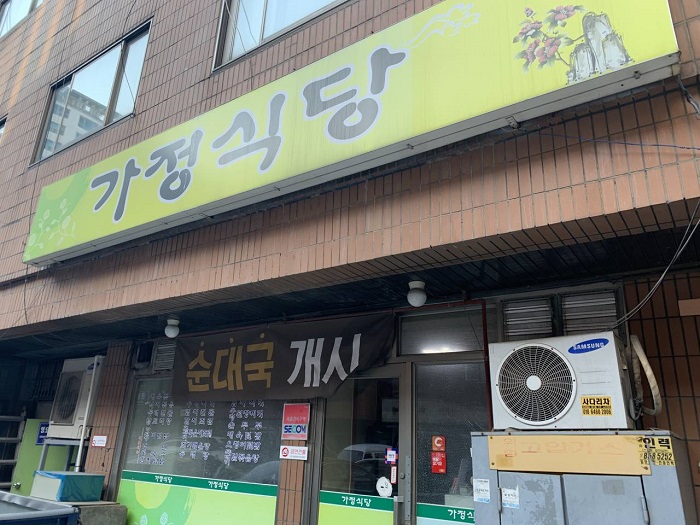
![Lindapick [Korea Quality] / 린다픽 [한국관광 품질인증]](http://tong.visitkorea.or.kr/cms/resource/10/2803310_image2_1.jpg)
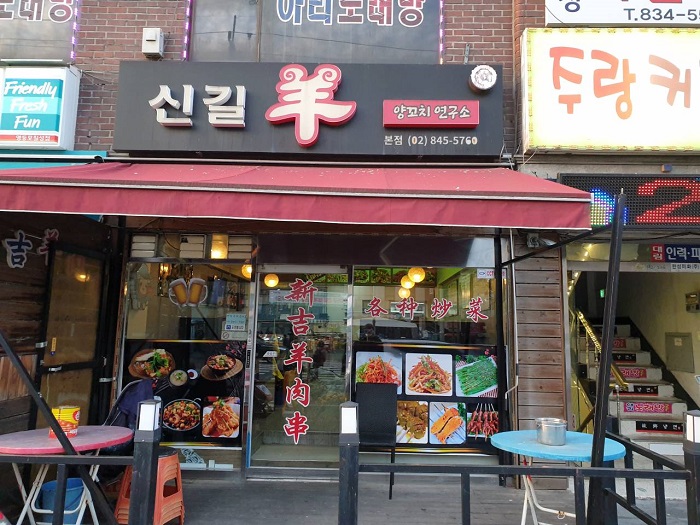
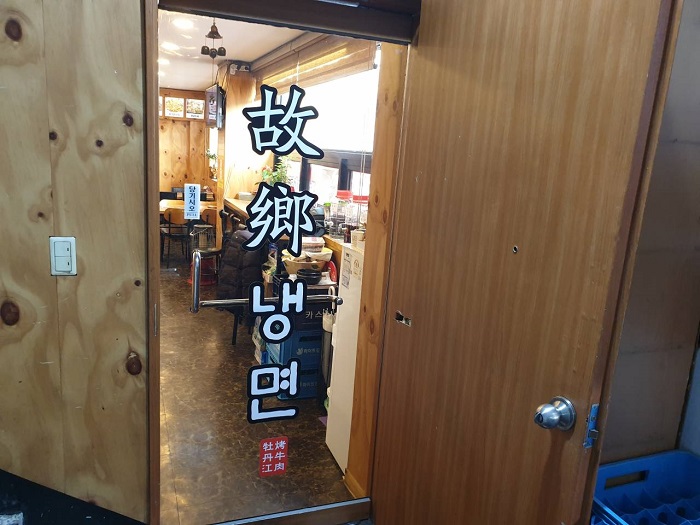
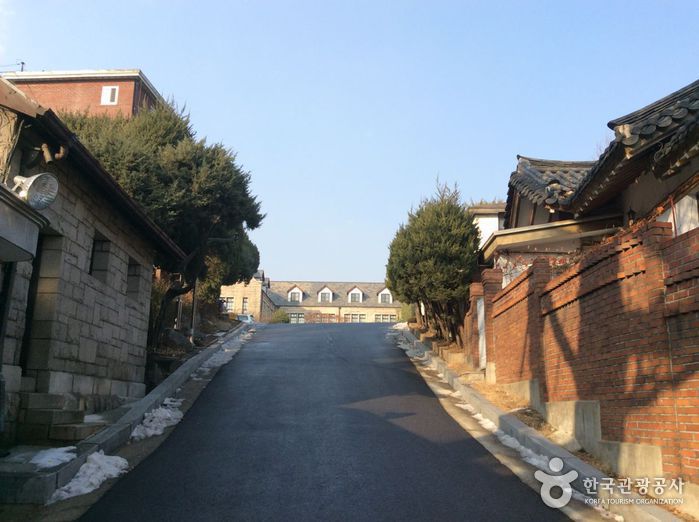
 English
English
 한국어
한국어 日本語
日本語 中文(简体)
中文(简体) Deutsch
Deutsch Français
Français Español
Español Русский
Русский